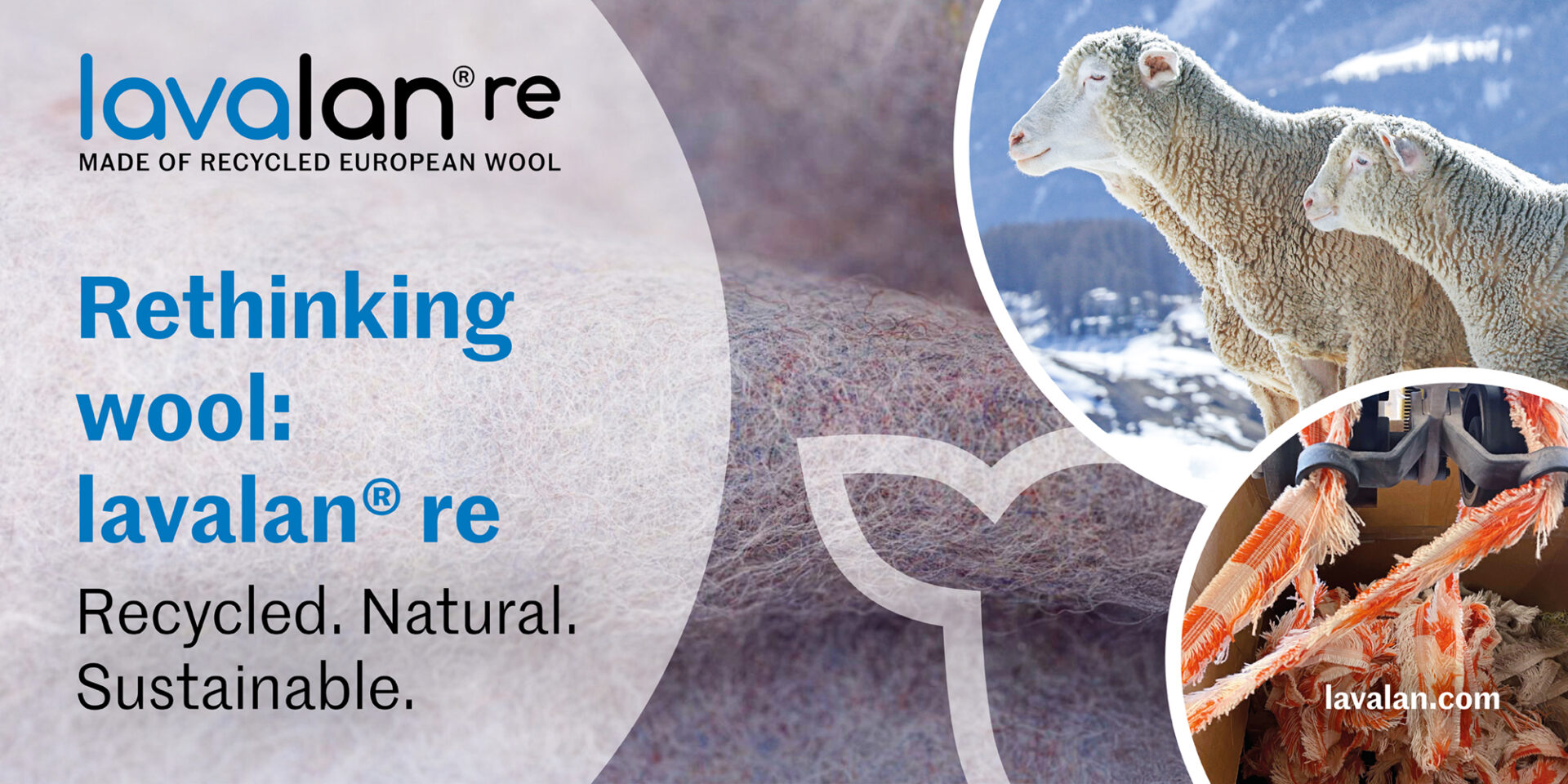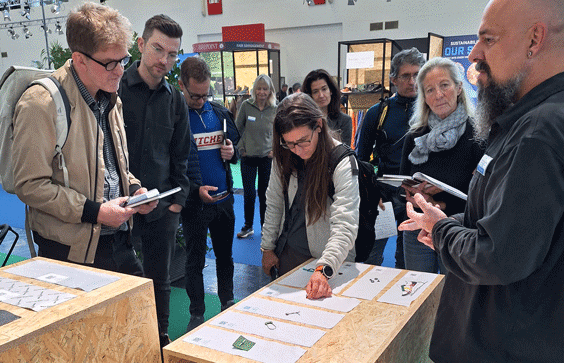Textile-to-textile recycling is no longer theoretical. Pilots have shown what’s possible. Karla Magruder from Accelerating Circularity shares what still needs to happen for the industry to scale – and why demand is the key.
In recent years, the textile sector has made significant progress toward circular textile-to-textile (T2T) systems. What was once considered unlikely – using post-consumer textiles in new products at standard production volumes – has been demonstrated across multiple pilot projects. These early efforts proved the concept, but the path to widespread implementation is still developing.
To reach true circularity, the system must function as a whole. No single part – whether collection, sorting, recycling, or remanufacturing – can work in isolation. As more stakeholders have tested and refined their roles in T2T models, several critical gaps have emerged that still block commercial-scale adoption.
System-wide barriers must be addressed
Since its founding in 2019, the nonprofit Accelerating Circularity has worked to identify and close these system gaps. Its recent publications outline where attention is most needed to support industry-wide scaling. One paper, “Rags to Revenue,” identifies three central challenges. Usable recycling feedstock is being lost throughout the value chain. Post-consumer textile recycling remains costly and largely unprofitable. And demand for recycled fibers is still too low to support commercial viability.
A second paper, “Toward Circular Systems for Trims and Ignored Materials,” examines components like trims and threads that are often overlooked in circular design. It calls for product design guidance that connects circular principles to the practical challenges of development, in line with regulations such as the EU’s Ecodesign for Sustainable Products Regulation and California’s SB707. The report also outlines the need for standardized feedstock specifications to ensure consistent, high-quality input materials for recyclers.
These findings point to a shared truth: circular systems only work when every part is connected. No single solution will carry the industry forward. Progress depends on coordination, consistency, and scale.
Creating demand to activate circular systems
There is no single magic solution, but there is a clear path forward: Creating demand through companies that already operate at scale. Mechanical cotton, thermal mechanical poly, and chemical recycling technologies can all process post-consumer textiles. These may still be blended with post-industrial materials, recycled bottles, or virgin inputs – but this is a step toward system activation. Demand is what gets systems moving.
Moving beyond pilot projects will require steady demand across the entire value chain – from collection to sorting, feedstock, recycling and final product. Circularity won’t become standard industry practice unless pressure is applied at every level. Let’s build the demand, and through it, the circular systems that make T2T standard industry production processes possible.
About Accelerating Circularity
Accelerating Circularity is a U.S.-based nonprofit launched in 2019 to catalyze the development of textile-to-textile recycling systems. It focuses on creating new supply chains by identifying gaps, aligning stakeholders, and supporting the infrastructure needed to transition from a linear to a circular textile economy.
Lead image: Francois Le Nguyen / Unsplash















Sorry, the comment form is closed at this time.